Unlocking the Art of Homemade Soap: Craft Your Own Cold-Processed Lard Soap from Scratch
Amidst the hustle and bustle of our daily lives, we often overlook the humble yet essential item - soap. It's time to break free from store-bought options and explore the world of homemade soap.
Not only can high-quality soaps be expensive, but there may also be occasions when store shelves are bare. Fear not! In this guide, we will learn how to create a basic yet effective soap using a cold-processed lard method. With just a few ingredients and simple steps, you can make your own soap that is cost-effective, customizable, and always available. Let's dive into the art of soapmaking and discover the joy of crafting your very own bars from scratch.
Ingredients:
- - 1000g lard (preferably homemade)
- - 266g water (distilled or boiled)
- - 133g lye (store-bought or homemade from wood ash)
- - 30g essential oils (optional)
Instructions:
1. Prepare the lye solution:
- - Add water into a glass jug.
- - In a separate container, carefully measure out the lye.
- - Slowly pour the lye into the water while stirring continuously, ensuring the water is poured into the lye to avoid a violent reaction.
- - Be cautious of the noxious fumes released during this process and keep your face turned away.
- - Set aside the lye solution in a well-ventilated area to cool.
2. Melt the lard:
- - Weigh the lard and melt it gently in a saucepan over low heat, taking care not to burn it.
- - Stir occasionally until the lard has completely melted. Remove from heat and set aside.
3. Prepare fragrance and mold:
- - Weigh out your desired essential oils or exfoliants (such as coffee or cedar wood), if using.
- - Prepare your soap mold for pouring the soap batter. You can line it with parchment paper or use a silicone mold.
4. Combine lye and oils:
- - Allow the lye solution and melted lard to cool separately until they reach a temperature range of approximately 90°F (32°C) to 120°F (54°C).
- - Slowly pour the lye solution into the melted lard in a thin stream, while stirring continuously.
5. Achieve trace:
- - Blend the mixture using a stick blender until it reaches the "trace" stage.
- - Trace is the point at which the soap batter thickens and leaves a visible trace on the surface when drizzled from the blender or a spoon. It indicates that the oils and lye have emulsified.
6. Pour and set:
- - Pour the soap batter into the prepared mold.
- - Cover the mold with a lid or cardboard, and then wrap it in a towel.
- - Allow the soap to set undisturbed in a warm area for 24 hours.
7. Cut and cure:
- - After 24 hours, remove the soap from the mold. It should be firm enough to cut into bars.
- - Cut the soap into desired bar sizes and place them in a dry, well-ventilated area to cure for approximately one month.
- - Turn the bars occasionally during the curing process.
Congratulations! You have unlocked the art of crafting homemade soap using the cold-processed lard method.
By following these simple steps, you can create a batch of 9-12 bars of soap at virtually no cost. From rendering your own lard to making lye from wood ash, this recipe offers a truly self-sustainable approach to soapmaking. Embrace the freedom of creating your own soap, customized with essential oils or exfoliants of your choice. As your soap cures, anticipate the satisfaction of using a truly homemade product that nourishes and cleanses your skin. Join the community of soapmakers and revel in the joy of crafting one of life's everyday essentials.

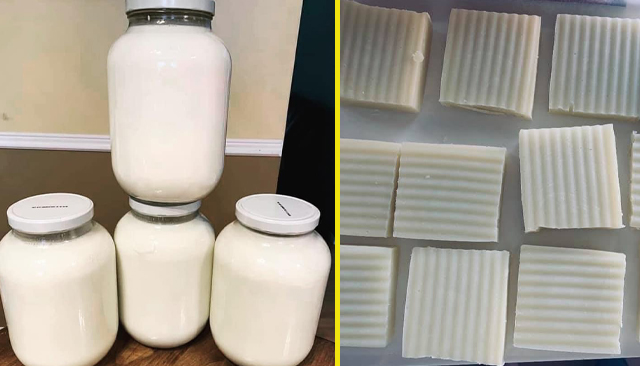




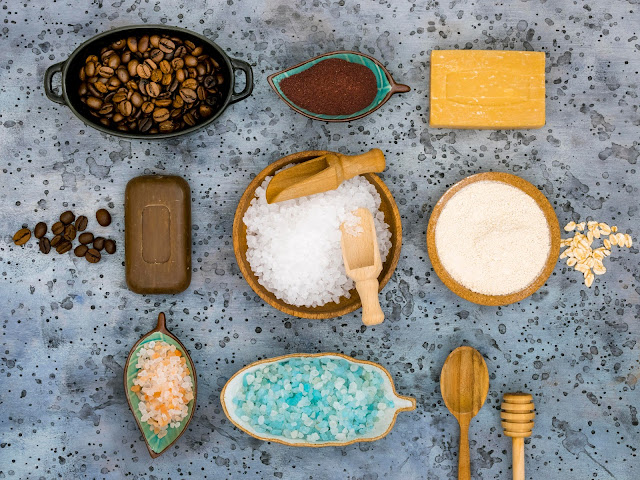

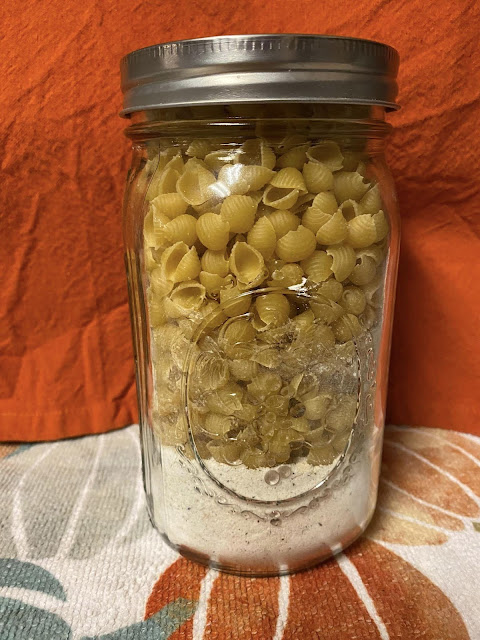




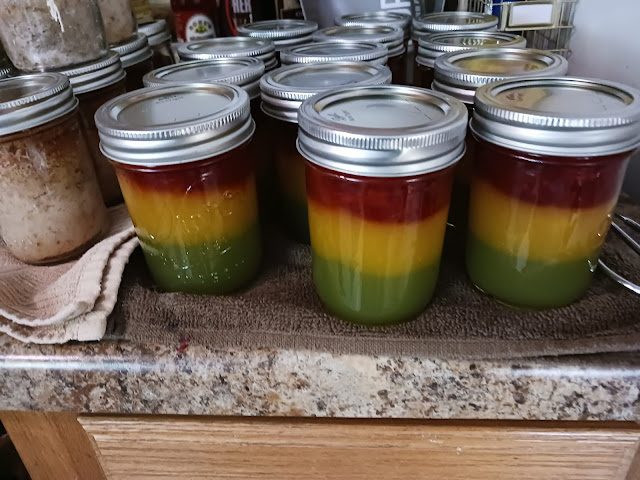

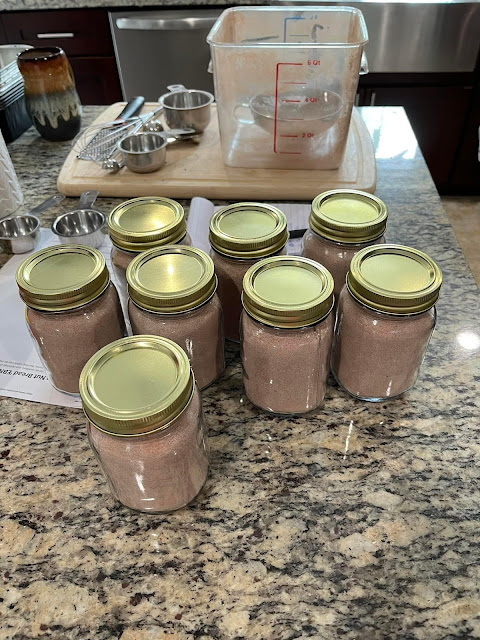
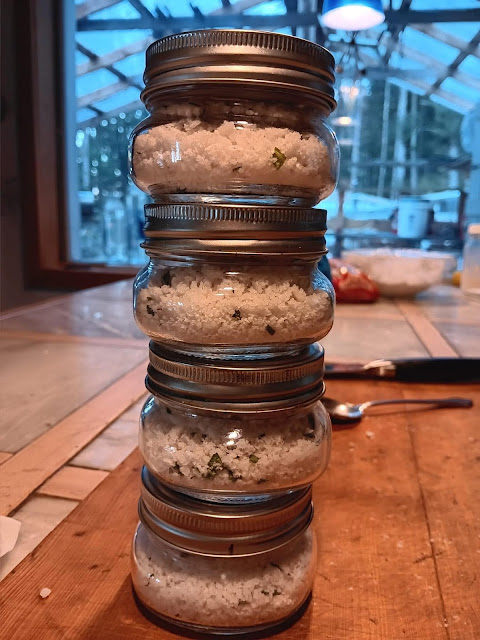
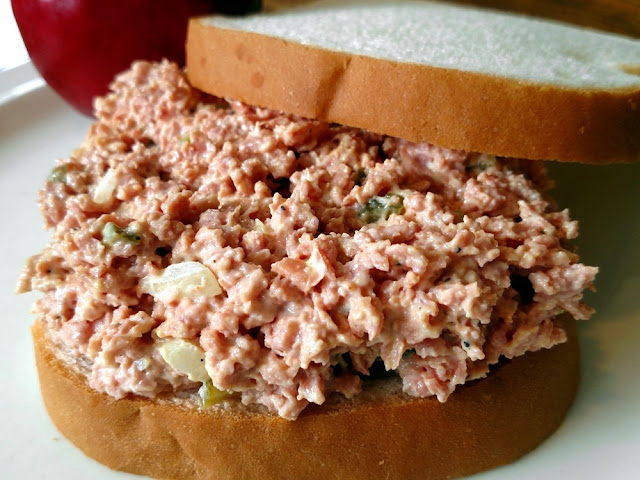
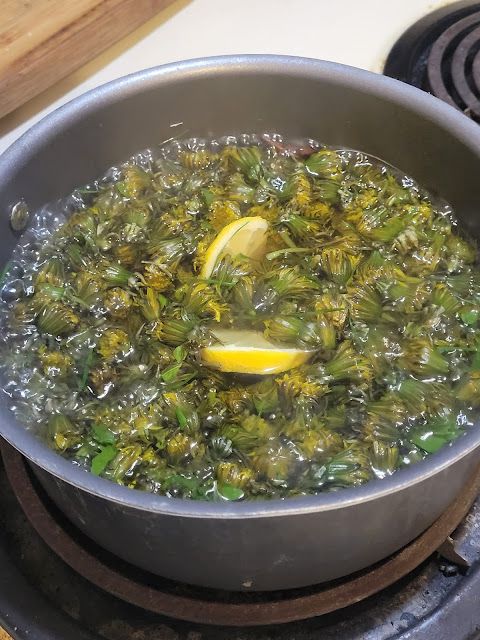



Comments
I make cold process soap. Only thing I would add is use eye protection!
ReplyDeleteAnd best to do it out side. I did it in my garage with doors opened. Used a old mixer with one beater in it. Used a old wooden box lined with old sheet cut up.
DeleteIs this a United States based website? Could you edit the page with pounds and ounces. In America we use pounds and ounces
DeleteIn the directions, it states to pour the lye into the water, and in the same sentence it says to pour the water into the lye to avoid a violent reaction. I think some people are going to quickly learn about that violent reaction based on those directions. I generally research the heck out of everything before Ijump into something unfamiliar, but some people like to go for it. This might be one heck of a learning curve!
ReplyDeleteYou should weigh the ingredients to have the proper amounts. And definitely measure the lye in first then measure and add the water ,stirring gently as you go.
DeleteSo do you pour the water into the lye or the lye into the water??
ReplyDeleteAWAYS lye into water.
DeleteI make cold process soap and it's always lye into water. I pour it slowly and mix well as I do it. Very dangerous to pour the water into the lye and can result in severe burns and stripping the paint off your cupboards.
ReplyDeleteI would say use some cocoa butter added would be good. Exfoliation would be oatmeal, coffee, sugar or salt for a scrub.
ReplyDeleteWhat is the purpose of lye and is it harmful to sensitive skin?
ReplyDeleteYes. The lye, by itself is harmful to all skine. Which is why you use eye protection AND skin protection. Always check your recipe in a "lye" calculator (look them up on the internet). To ensure you have the correct amounts of water , lye, and oils. The oils, water and lye interact to form soap. There should NEVER be any lye left over. Using a lye calculator will ensure this. Ingredients are weighed out. Do not measure using cups, spoons, etc. Weigh it! Wear your protection and soap in an open, well ventilated room, or outside. Do not use glass use approved plastics or stainless steel. Do not use aluminum as it can interact with the lye. Best practice is to research it.
ReplyDeleteHow do you make your own lard and lye
ReplyDeleteTo make your own lard, you get pig fat and slowly melt it. Then you let it cool and then you have lard.
DeleteIf a person wanted to make soft soap rather than bar soap using this recipe what would they add to the existing recipe to ensure that the soap didn't set up into hard bars or be too greasy to use
ReplyDeleteI am a soap maker.Mix the lye and water in a plastic jug...never glass. This mixture is going to get HOT!
ReplyDelete.Lye water and oils should be mixed at the same temps.I put hot lye jug in cold water in the sink to bring the temp down and do my best to mix same temperature. This is a good basic soap recipe.Safety first,,,rubber gloves and protective eyewear.
Do you shake the jug? I wouldn't think so because of how dangerous it is but you never know?
ReplyDeleteWas wondering if I could use coconut oil which is white/solidified instead of lard?
ReplyDeleteI make soap with coconut oil all the time. It is wonderful. You can look up recipes on the internet, just google homemade coconut oil soap. I get my oil in 5 gallon plastic buckets weighs about 45 pounds. It is food grade and we also cook with it and it doesn’t smell like coconut it melts at 76 degrees. The last bucket was around $90.00 delivered to Kansas.
ReplyDeleteWhere do you order your 45 pound coconut oil buckets from?
Delete